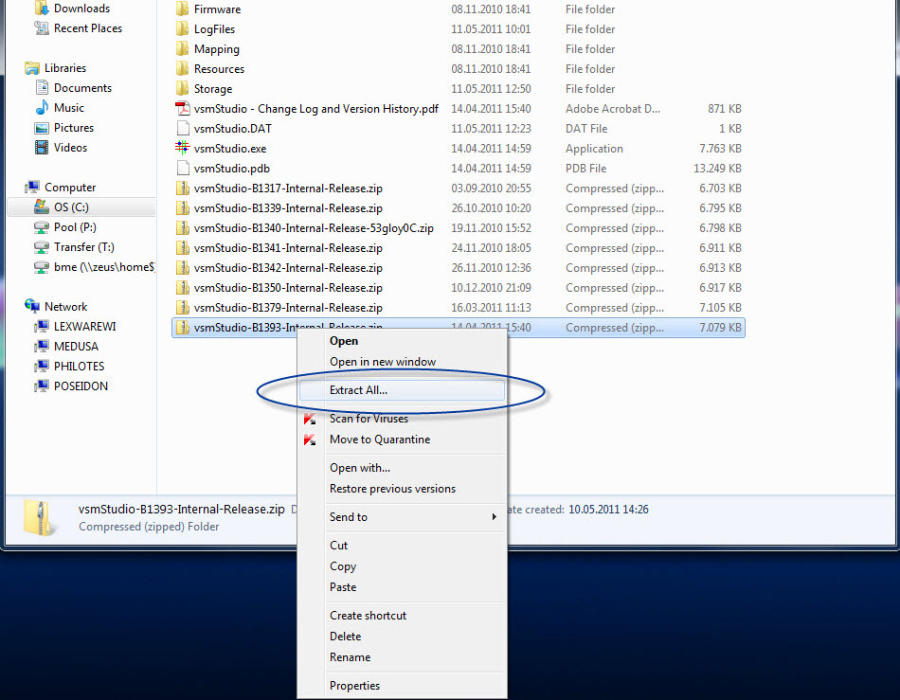vsmStudio - Installation and Update
Before installation of VSM software components please refer to the Data and IT Specifications to assure to meet the specified system requirements.
You can buy servers specified as listed in the Specification directly from Lawo, or buy them through your HP supplier.
Lawo-supplied Servers - when you buy your server directly from Lawo it will be fully built, pre-configured and tested, and VSM will be licensed.
A Windows Server OS license and product key must be provided.
Customer-supplied Servers - if you buy a Server from your direct supplier, then Lawo will provide a download link to an installation image. The image contains all officially supported drivers for the relevant platforms.
It is mandatory to use the installation image or purchase a pre-configured Server directly from Lawo.
Software Installation and Update
It is strongly recommended to complete a backup of the running version before starting a software update. This ensures the availability of the current version in case of any possible issue in or after the update process.
Software and File Backup
Before updating vsmStudio in an existing install, some critical files must be saved to a backup location to allow a safe return to the previous version of vsmStudio. These files are located in the folder vsmStudio on the C drive.
To create a backup of the current vsmStudio version, configuration and related files, copy the following files and folders onto the backup drive:
- the folder Configurations (containing vsmStudio configuration files. Existing .bak and .vmcc files do not need to be stored but should be deleted from time to time due to the fact that they are created on a regular basis)
- the folder Firmware (containing panel and vsmGear firmware)
- the folder Mapping (containing protocol and configuration specific mapping tables)
- the folder Resources (containing configuration related images)
- the folder Storage (containing system data)
- the folder Versions or the original version/release .zip file (if available)
- the file vsmStudio.exethe file vsmStudio.DAT (not mandatory, it can be ignored if this file does not exist)
- the file vsmStudio.pdb (prior to B2351-release only)
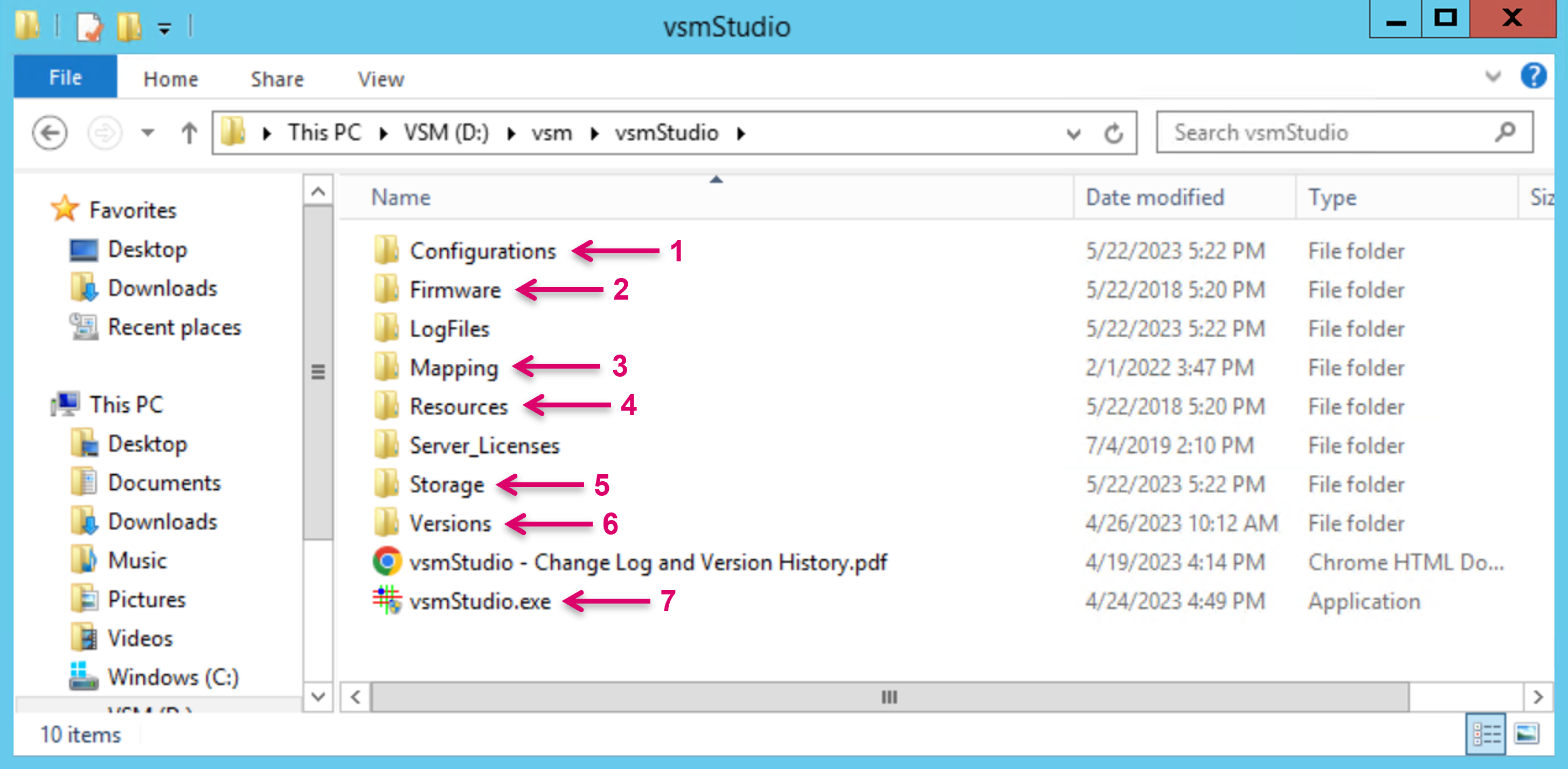
In addition, the backup of some local registry entries is required.
For full backup, export and copy the respective vsmStudio registry folder including all subfolders from the Registry Editor:
Computer\HKEY_LOCAL_MACHINE\SOFTWARE\VirtualStudioManager\vsmStudio
Please note the different file paths depending on the current system constellation:
In a 64-bit OS environment, running vsmStudio 64-bit (available since release 2022-1) the path to the files is: "HKEY_LOCAL_MACHINE\SOFTWARE\VirtualStudioManager\vsmStudio".
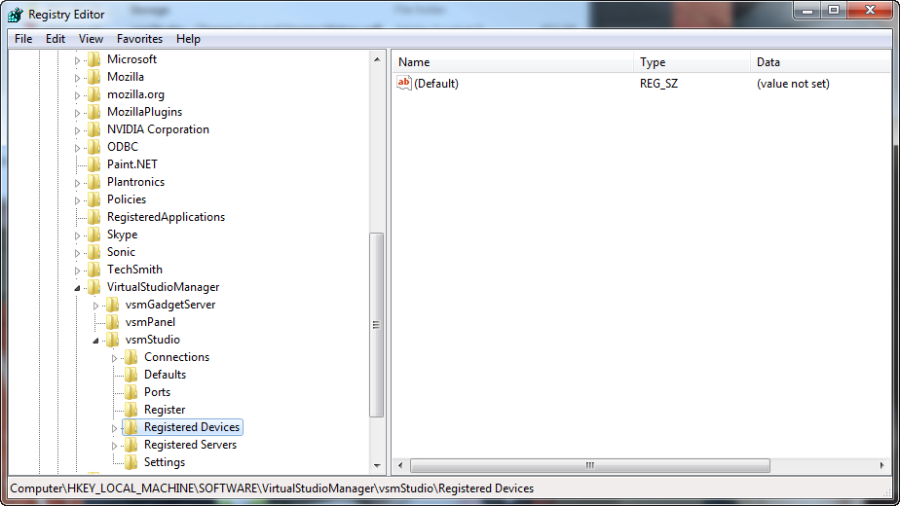
In a 64-bit OS environment, running vsmStudio 32-bit (prior to release 2022-1) the path to the files is: "HKEY_LOCAL_MACHINE\WOW6432Node\VirtualStudioManager\vsmStudio".
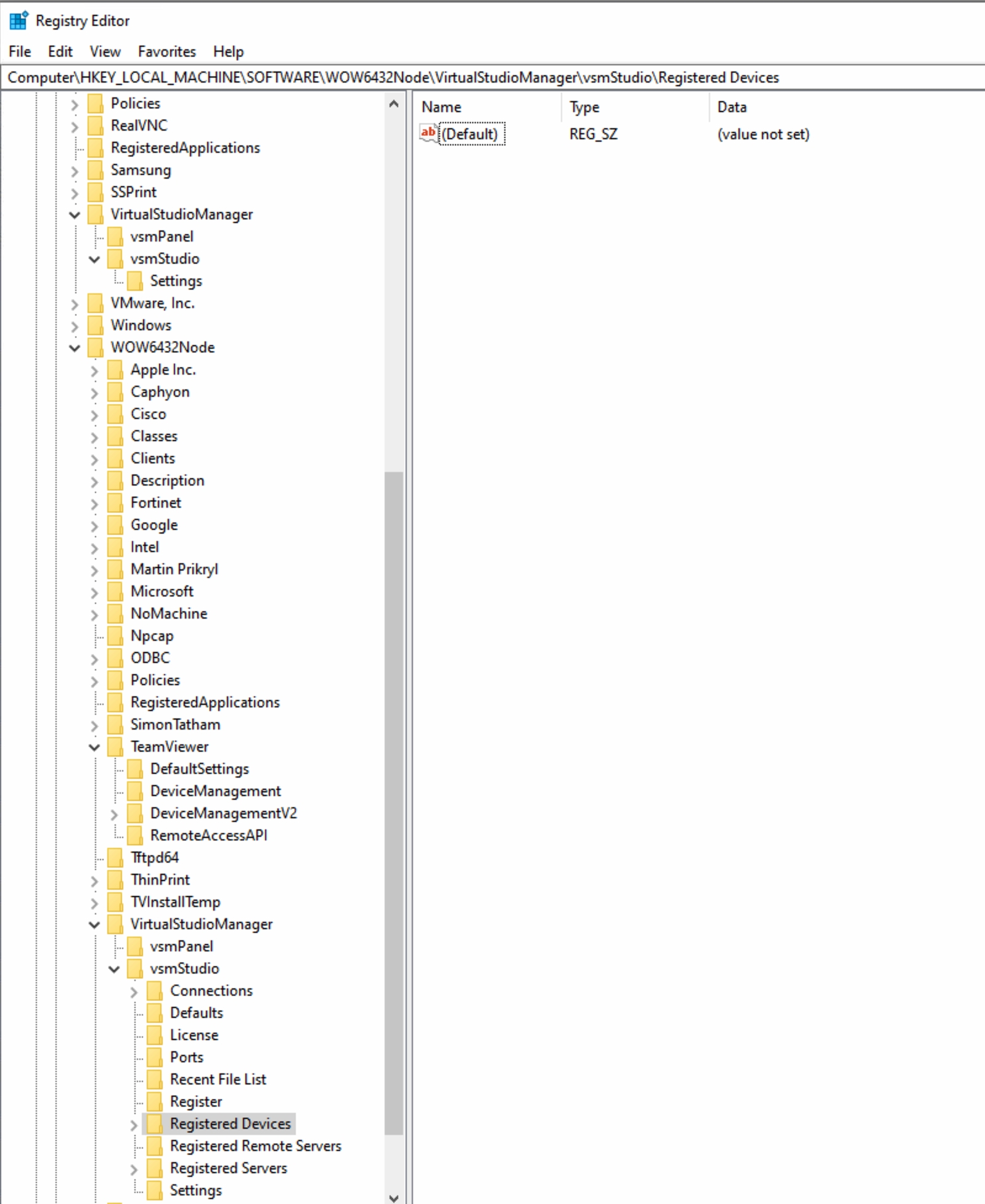
It is recommended to copy all folders and files to a dedicated folder on the backup partition and name it with the date of the day.
Software Installation and Update
Before running an update, close the vsmStudio application.
Latest released vsmStudio software is available for registered users via the LAWO Downloadcenter.
Copy the downloaded .zip to vsmStudio folder on the C: drive. For fresh Demo installs, first create a folder titled "vsmStudio".

Extract the files from .zip into the same folder (C:\vsmStudio).
|
|
|---|
If previous versions of the files already exist in the folder, the system will verify whether these files should be replaced. Confirm to replace the respective files.
The folder contains the following three files:
- vsmStudio – Change Log and Version History.pdf, documents the changes made to the older versions of the software.
- vsmStudio.exe, the actual vsmStudio file.
vsmStudio releases prior to version B2351-release contained a separate .pdb file, which is no longer required with latest releases. Therefore "old" .pdb files in the respecting installation folder can and should be deleted when updating.
Start the software by executing the vsmStudio.exe (double click).

With release 2022-1, vsmStudio comes as 64-bit application. While a 32-bit version is still available, it is strongly recommended to install the 64-bit version.
When updating from an older 32-bit to a 64-bit vsmStudio version, vsmStudio will detect that the 64-bit Registry node is not existing and a once-only pop-up window will appear after executing the vsmStudio.exe. Please read the text within this window carefully and confirm. Existing 32-bit Registry settings are automatically migrated to the new 64-bit node, if the pop-up is confirmed with OK. The original 32-Bit node in the Registry is not changed and therefore still available in case there should be any need to run a 32-bit vsmStudio version at any time again. A Backup of the Configuration and Storage data is not made automatically, which is also mentioned in the pop-up window.
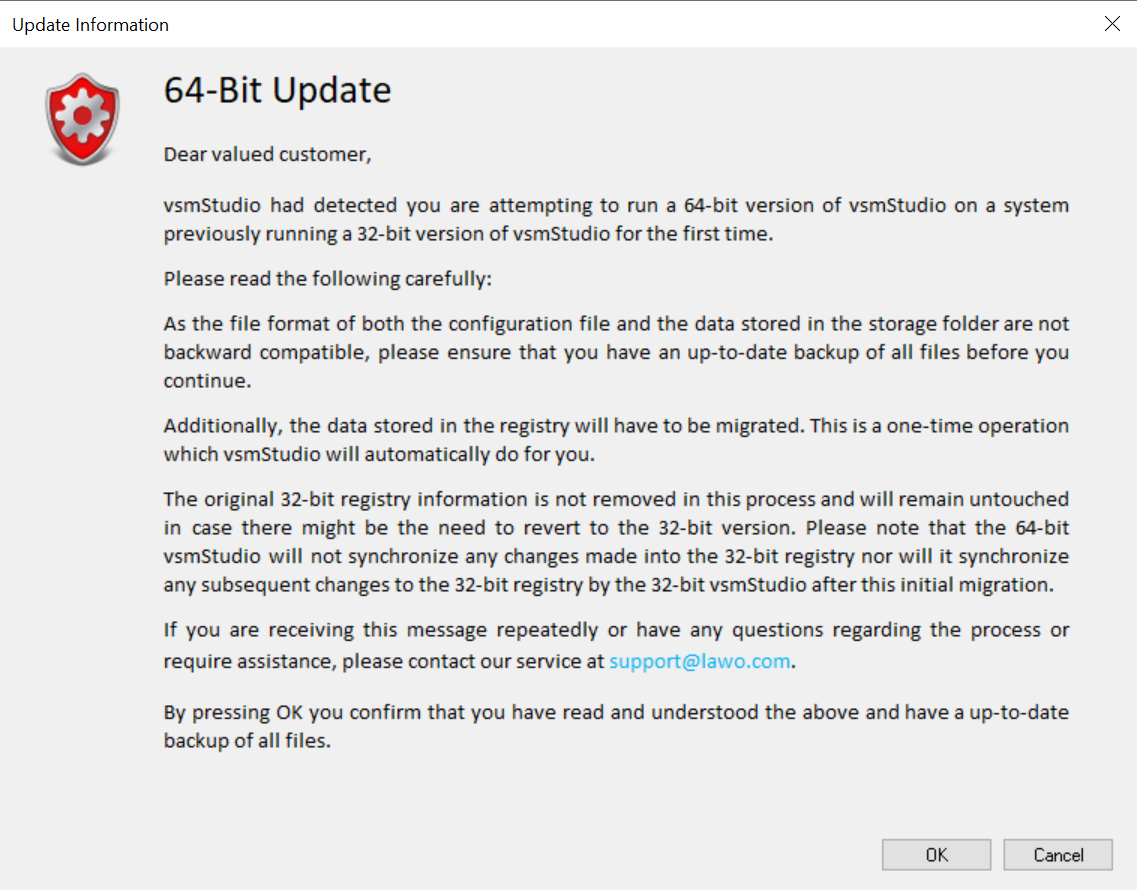
After startup of vsmStudio, verify the success of the update by checking the running version within the start-up screen or via the respective icon on the toolbar.

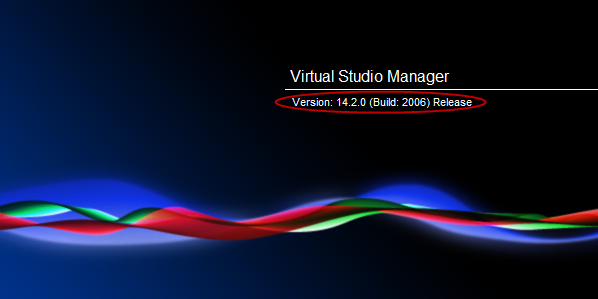
If applicable, the same procedure must be repeated on all redundant servers in the cluster.
Software Registration
After the initial start of vsmStudio, the following prompt will provide further information to register the software license:
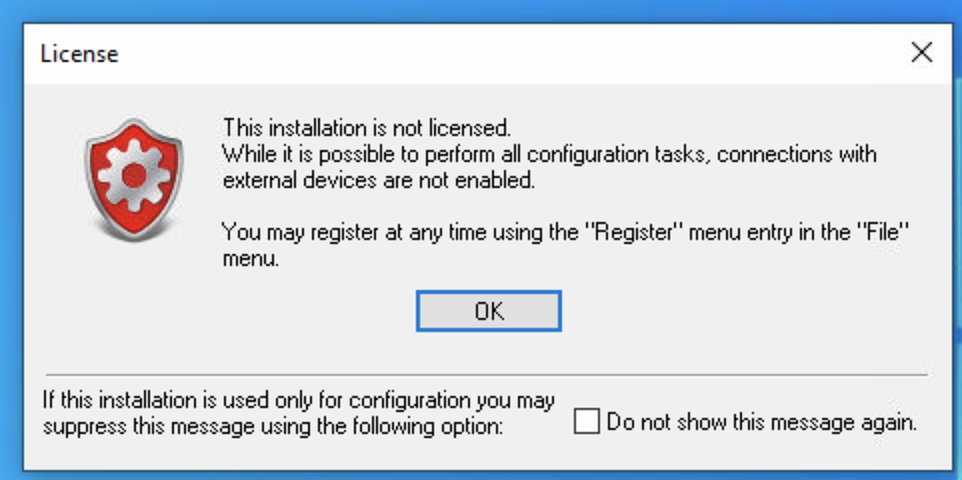
To register your software, select the option registration under the menu tab.

The following registration window will open, copy the seed ID via the copy button and do not screenshot the seed ID.
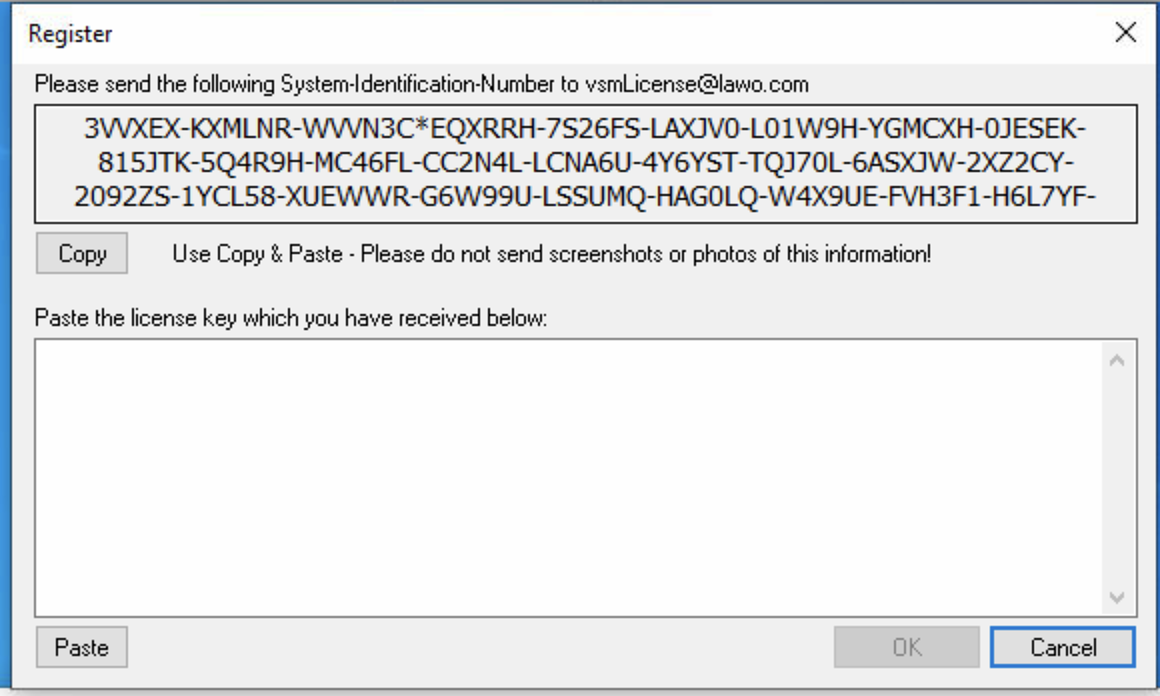
Please create a license request via our Service Portal. Further information on this process can be found here.
Once the registration key was provided, enter it accordingly in the blank line of the registration window shown above. Confirm with OK. The software is now licensed and can be used within the limits of the enabled features and resources.
VSM Folder Structure
The folder vsmStudio on drive C: is automatically created with the following folder structure:
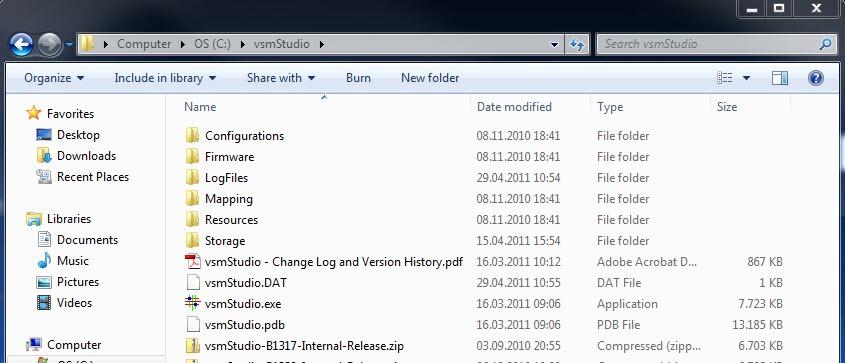
Folder "Configurations"
The folder Configurations contains the following file types for every configuration.
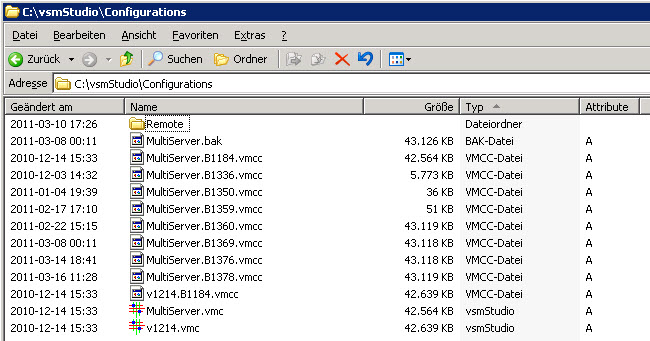
- .vmc Files
For every configuration, a .vmc file is created with an individual ID. It serves the synchronization of servers in the multiserver cluster and contains the protocol assignment and configuration of the virtual master matrix.
.vmcc Files
.vmcc files are generated automatically during software updates.
- .bak Files
.bak files are backup files that are created automatically if system-critical changes are made to the configuration.
Folder "Firmware"
The folder Firmware initially contains no files. It is used to update vsmGear, the VSM hardware. Paste one or multiple new .pFL file into the folder to update the firmware on VSM hardware automatically. The hardware can be downgraded or flashed using a Firmware.Patch.ini file.

The process of updating VSM panels and hardware does require incremental CPU, network and memory consumption of the vsmStudio application. Depending on the number of panels, the automatic update procedure can affect the overall system performance. Before starting to use a vsmStudio Server in a live production system please make sure to delete all firmware files within the firmware folders!
Firmware updates in a running system should be planned carefully and executed during dedicated service windows only. Alternatively panels may also be updated by connecting to any offline Server running vsmStudio with the respective firmware files in its local Firmware folder.
Folder "LogFiles"
The folder LogFiles initially contains no files. LogFiles are created once the vsmStudio application is started. Dump and Trace files are created depending on respective event triggers.

- .log Files
The software creates daily log files and saves them in this folder. This happens, for example, every time vsmStudio is started. If the software runs for 24 hours, a log file is created at 3:00am (local time) by default. Its size (in gigabytes) as well as length of time it will be saved can be defined at the start of every configuration. Log files are sorted by date and saved in a text format. Manual deleting of log files on a regular basis is recommended.
- Subfolder Dumps
In the event of a crash, dump files (.dmp) are saved in the folder LogFiles. These contain a snapshot of the memory with time and date of the crash. This allows the identification of the problem that led to the crash.
- Subfolder Trace
.txt files showing the CommTrace are saved in the subfolder Trace. Trace files contain information pertaining to the logging start of the computer, the version of vsmStudio used, running events, and crosspoints with pseudo devices. Go to the System Debug Flags rider under matrix settings to create a trace file.
Folder "Mapping"
The folder Mapping initially contains no files. E.g., if a Lawo Nova73 router is configured to the system, the folder Mapping saves an .ini file with the corresponding interfaces.

This file should always be read-only.
Folder "Resources"
The folder Resources contains two sub folders. Both related to graphical content used in vsmStudio configurations.

- Subfolder Pictures
The folder Pictures allows the saving of different backgrounds for different panel IDs. If it contains the file background.default.bmp, this picture is used as background for the panel editor.
- Subfolder vsmPanel
The folder vsmPanel contains pictures that are assigned to buttons or image page-items in the panel editor. These are saved into this folder automatically upon use within any configuration of the system.
Folder "Storage"
The folder Storage may contain various folders with different .dat files. These .dat files contain configuration-specific information for each configuration that was loaded on the system. For instance, label changes or change of storage groups are marked by the system with time stamp and are subsequently saved. The time stamp is not applied to all labels and storage groups, but only to those that were changed. The following .dat files are saved here:

- Labels.dat
Stores transfer of labels to other servers with time stamp and changes.
- ScheduledEvents.dat
Stores events for the transfer to other servers set up in the scheduler.
- SignalLocks.dat
Stores locked signals to be transferred to other servers.
- StorageGroups.dat
Stores contents of storage groups to be transferred to other servers.
- VirtualStates.dat
Stores crosspoint information related to virtual signals.
- Tombstones.dat
An administrative file that saves changes and synchronizes the server (for a maximum of 90 days).
- DeviceState.dat
Stores crosspoint information of the VSM Dummy X-Switches.
